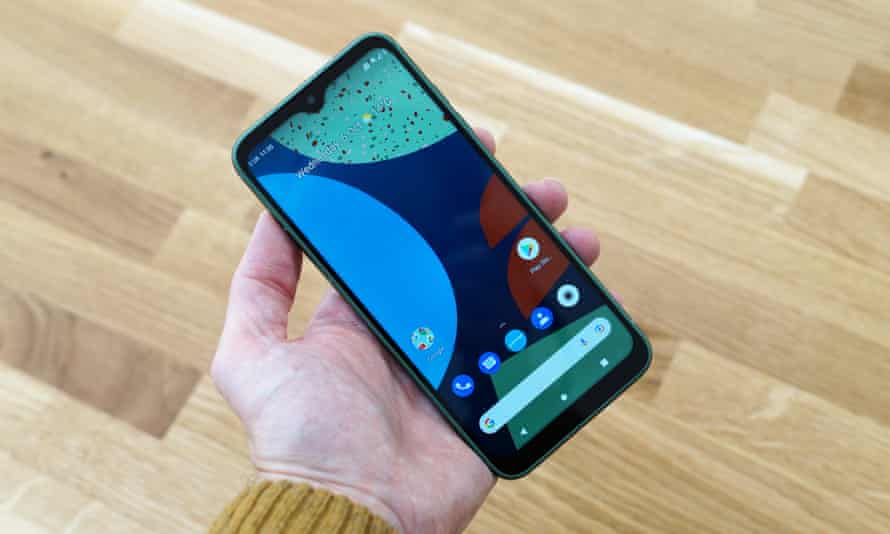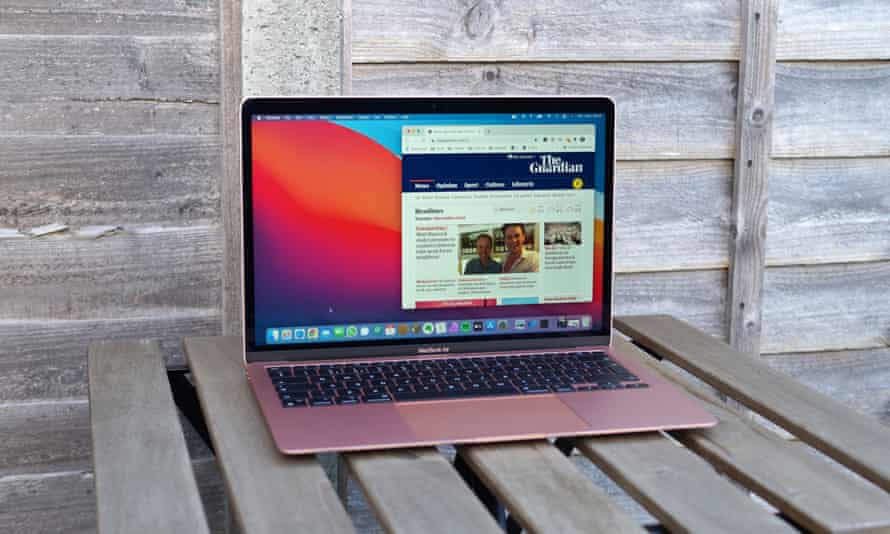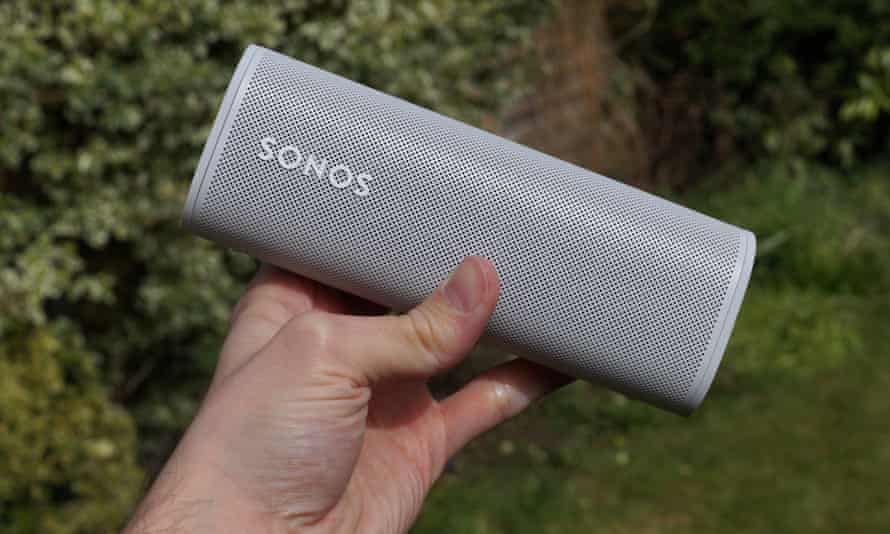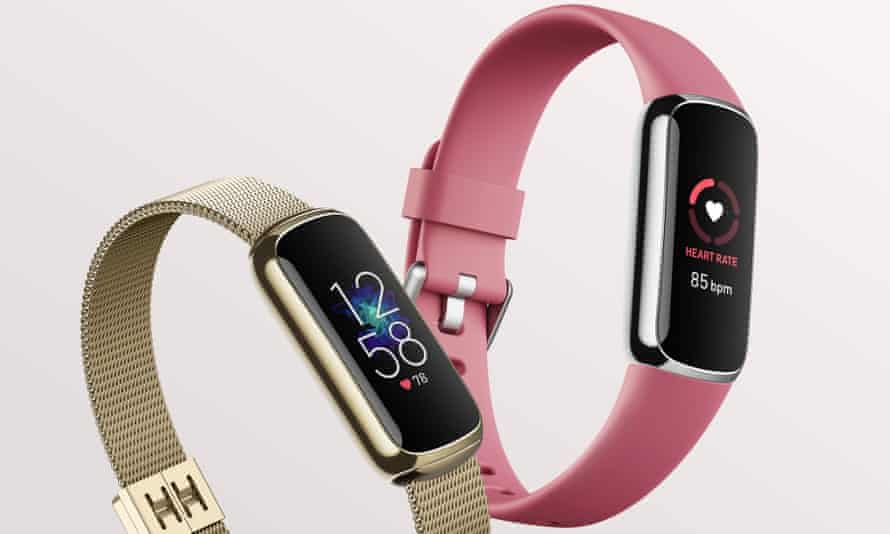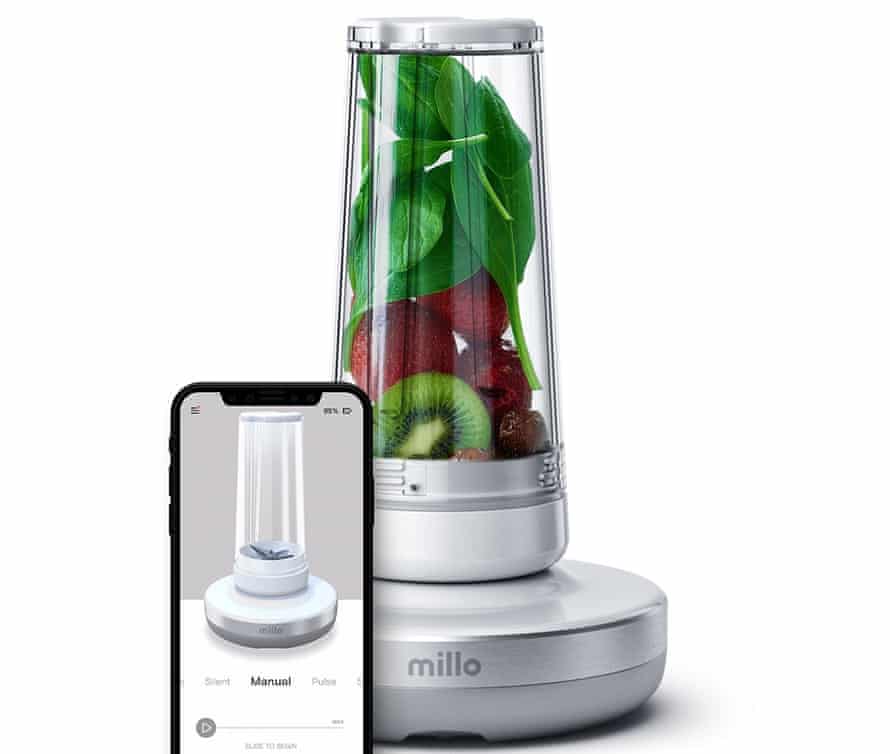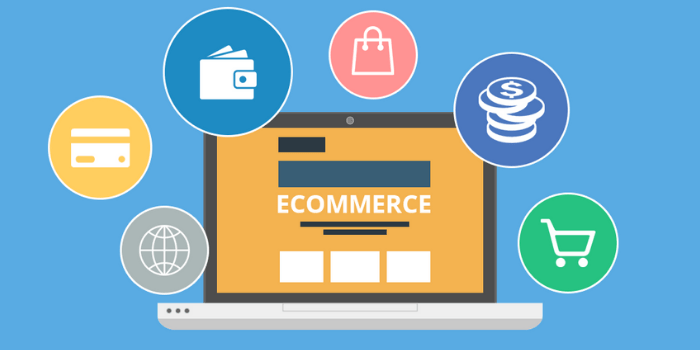
The Internet of Things (IoT) has been near the top of the technology-hype lists for years. In 2018, Gartner’s Hype Cycle for Emerging Technologies ranked IoT platforms as cresting the “peak of inflated expectations” stage and ready to tumble into the dreaded “trough of disillusionment,” like a barrel careening over Niagara Falls.
It’s not that IoT has flopped; far from it. Everything in our homes seems to be connected. IoT devices enable networks that make possible smart speakers, smart TVs, smart thermostats, and even smart refrigerators that can help automate our lives. The consumer market, however, is only the beginning of what is possible through the IoT.
“What you see in the consumer domain is interesting, but it’s not where the economic action is,” says Rajiv Lal, the Stanley Roth Sr. Professor of Retailing at Harvard Business School. “Most of the IoT applications that matter are in the business-to-business space.”
Indeed, the kinds of innovation possible in the B2B world seem limitless. By placing sensors on machinery and connecting them to the internet, companies can capture real-time data on their assets and processes, exploit efficiencies, proactively identify problems, and develop new workflows.
“WE CAN PUT SENSORS ON SOMETHING AND GET GREAT DATA OUT OF IT, BUT THEN THE QUESTION BECOMES WHAT ARE WE GOING TO DO WITH THAT DATA—AND HOW ARE WE GOING TO MAKE MONEY OFF OF IT?”
So why, then, do most IoT ventures fail? Despite the industry’s potential value of $11 trillion, according to McKinsey, more than 75 percent of businesses don’t make it off the ground, Lal says. That’s because most companies don’t know how to harness the potential of IoT effectively.
“We can put sensors on something and get great data out of it, but then the question becomes what are we going to do with that data—and how are we going to make money off of it?”
In the course The Business of Smart Connected Products, Lal explores the value proposition of IoT-based businesses, and how to sell devices in fields as diverse as health care, farming, and manufacturing. To be successful, he says, companies need to be clear about what they offer customers, and be prepared to pursue innovative business models to monetize it.
Oftentimes, it’s not immediately obvious how connected devices can help make a customer more efficient. “A company may have a defect rate of 4 percent, and you can say, ‘I’ll bring it down to 3 percent,’ but without any proof, the customer will say, ‘why don’t you try it out on someone else first,’” Lal says.
For that reason, instead of just selling connected products to business customers, companies must learn to help customers run pilot projects and get the most out of the data they produce. IoT pilots can take a while to prove the value proposition, so they will need to be inexpensive for business customers to find them compelling. Solution providers will also need to provide customer support to help them realize the value from the data.
Just as Xerox changed its business model from selling copiers to renting copiers and charging by the number of copies made, IoT-based companies may need to innovate on how they charge for their products, selling assets, or software-as-a-service, or shared savings contracts based on improved efficiency.
Offering such a subscription-based service may require more hands-on participation on behalf of the company to ensure customer success. “You have to deliver customer success all the time,” Lal says. “If the customer does not realize the promised outcome for whatever reason, the customer will switch off the service.”
One company that has been successful with IoT in health care is Philips, whose imaging division has created connected ultrasound and CT scan machines. Instead of just selling the machines to hospitals, the company has worked with hospitals to capture data in an imaging room and figure out the right number of machines and eliminate inefficiencies.
Pilot programs by the company showed a huge amount of time lost, for example, while recalibrating CT machines between head and abdominal scans, each of which require very different settings. Philips used that insight to develop scheduling software it sold as part of its service package, to help hospitals schedule similar procedures better, cutting down on lost time.
Another successful example is GE, which has developed sensors for wind farms. Attached to turbine blades, the sensors can help to automatically adjust the blade angle to take advantage of changes in wind direction. Knowing the economic loss from downtime for each turbine on a wind farm allowed GE to determine a better maintenance schedule for turbines, figuring out which should be fixed first, and utilizing maintenance employees’ time more efficiently.
Furthermore, those sensors can be combined with weather forecasting to help energy companies figure out the optimal amount of electricity they should sell into the grid. “Very little human intervention is needed,” Lal says.
Other companies have been successful with similar models in farming, which offers ample opportunities for sensing to weed out inefficiencies. “You can put sensors not only on the tractor, but also to see how it is connected to the hauler, how it is connected to the bin,” Lal says.
When farmers plant, they can use connected data sets across sensors to determine whether seeds have been planted correctly, and adjust the amount of fertilizer they use accordingly. “It’s so accurate, you can make these decisions on a plant-by-plant basis,” Lal says.
In transportation, meanwhile, companies are selling everything from jet engines to tires through an asset-as-a-service model, including sensors to determine the proper time for maintenance or replacement.
As more companies start to figure out the right model for using IoT-based products, Lal predicts a coming explosion in the industry. “It’s a slow process because you have to acquire one customer at a time,” he says, “but once you establish a sense of confidence it starts to take off.”
As customers get more used to the idea of connected sensors in their products—and see the benefits they bring—eventually they may start preferring them. From there, it’s only a matter of time before they begin seeking them out, if only to keep up with their competition.
“After 50 customers have signed on,” Lal says, “the 51st customer will ask, how can I make this work for me too?”
As for IoT’s place on Gartner’s hype cycle, the firm says look for the technology to emerge from the disillusionment phase and enter its “plateau of productivity” in five to 10 years.
[“source=hbswk.hbs”]






